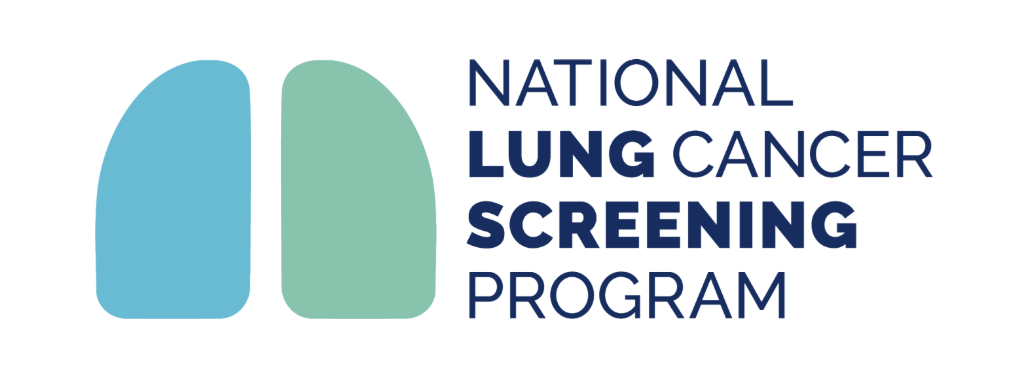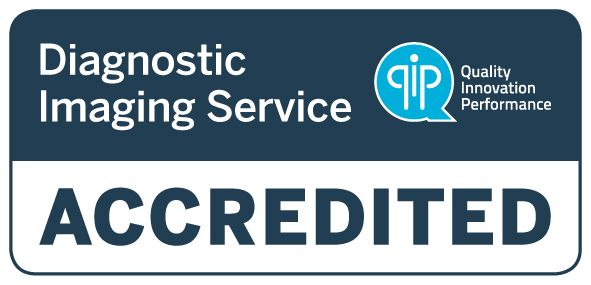Barium Studies
What is a barium study?
Barium studies utilise a fluoroscopy machine, which is slightly different to a traditional x-ray machine.
Fluoroscopic screening is a specialised type of x-ray imaging procedure used to produce 2D moving images of internal parts of the body.
What can be diagnosed with a barium study?
A barium study can be used by doctors to help diagnose conditions or abnormalities such as:
- Dysphagia
- Globus Pharyngeus
- Reflux
- Hiatus Hernias
- Oesophageal Lesions
- Epigastric Pain
- Abdominal Pain
- Unexplained Vomitting
- Unexplained Weight Loss
What should you wear?
You will need to remove any metallic items, such as jewellery, watches, eyewear and belts around the region of interest, as these items can show up on the x-ray.
You may be asked to remove any clothing obstructing the area to be examined and given a hospital gown to wear instead, so you should try and wear something that is comfortable and easy to remove.
What are the risks or a barium study?
A risk commonly associated with x-rays is radiation exposure. However, patients are typically only exposed to a few seconds of low-level radiation in a localised area.
Digital x-rays use less radiation, lowering the probability of any negative side effects.
Risks of aspiration of barium are exceedingly rare. If there is a chance that aspiration may occur, oral iodine such as Gastrograffin can be used as a safer substitute.
Is there preparation required for a barium study?
You will be asked to abstain from food and drink from midnight the day before your exam. Please do not eat or drink on the day of your exam as this could interfere with the study.
What happens during the procedure?
You will be asked to stand in front of or lie down on the fluoroscopy table, depending on the procedure being performed.
The barium or gastrograffin is then administered, and the radiologist or radiographer monitors the progress of the contrast through the area being examined in real time, taking images were appropriate.
The patient may need to change position at certain times to demonstrate the organ being examined from a different view.
After your procedure
A majority of patients experience no side-effects afterwards and will be able to return home and participate in normal activities straight away. You should drink plenty of water throughout the day to help flush the barium out of your system. Your stools may contain white traces of barium over the following couple of days.
Your results
After your examination, the images from your study will be available on the patient image portal. A report, along with the images will be sent directly to your referring doctor. Nepean Diagnostics will store digital copies of all studies on our secure database for comparison with any future examinations.
It is important that you return to your doctor to discuss your examination results. Whether they are normal or abnormal, your doctor needs to know so that a management plan can be formulated.





